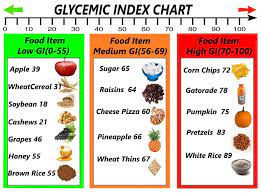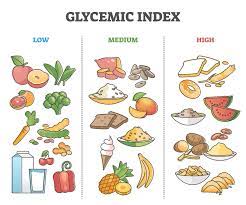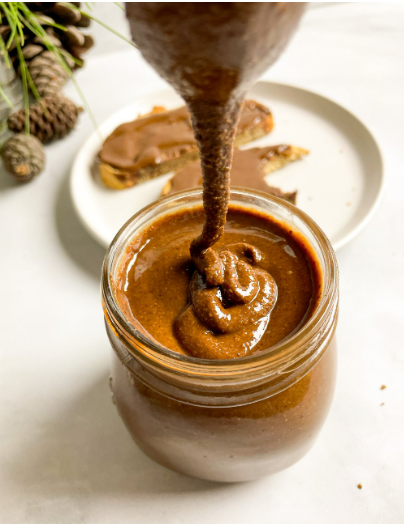Step into the world of sweetness as we embark on a journey to unravel the delightful tale of coconut sugar – nature’s golden gift that transforms ordinary moments into extraordinary ones. From its humble origins to its versatile applications, let’s dive into the enchanting world of coconut sugar and discover how it can sweeten your life with a touch of tropical magic.
What is Coconut Sugar?
Coconut sugar, often referred to as nature’s caramel, is a natural sweetener derived from the sap of coconut tree blossoms. This sap is carefully collected, heated, and dehydrated to create the golden crystals that make coconut sugar. Unlike refined sugars, coconut sugar retains a rich profile of nutrients, making it a sweetener that not only delights the taste buds but also nourishes the body.
The Art of Crafting Coconut Sugar: A Symphony in Sweetness
Our journey begins in the tranquil coconut groves where skilled tappers delicately extract the sap from coconut blossoms. This sap, a precious nectar, undergoes a gentle heating process to evaporate excess moisture, leaving behind a concentrated, caramel-like substance. Through meticulous dehydration, this substance transforms into the golden granules that define coconut sugar – a journey from blossom to sweetness that’s as pure as the tropical breeze.
What is Glycemic Index (GI) Simply
In simple terms, the Glycemic Index (GI) is a measure that ranks how quickly the carbohydrates in a particular food raise blood sugar levels. Foods with a high GI are rapidly digested and cause a quick spike in blood sugar, while those with a low GI are digested more slowly, resulting in a gradual and steadier increase in blood sugar levels. So it is better to go for Low GI food for a diabetes patient or any normal human being, to avoid risk of diabetes.
Here are examples of GI values for different types of foods:
Fruits:
- Watermelon: High GI (around 76)
- Pineapple: Medium to High GI (around 66)
- Banana: Medium GI (around 51)
- Apple: Low to Medium GI (around 36)
Grains:
- White Bread: High GI (around 75)
- Whole Wheat Bread: Medium GI (around 69)
- Quinoa: Low to Medium GI (around 53)
- Cassava flour: Medium GI (around 60)
- Coconut Flour :Low GI (around 20)
- Almond Flour :Low GI (around 10)
Rice Varieties:
- White Rice: High GI (around 73)
- Brown Rice: Medium GI (around 68)
- Basmati Rice: Low to Medium GI (around 58)
- Suwandal Rice (Sri Lankan traditional rice) : Low to Medium GI (around 58)
Swetener Varieties:
- Cane Sugar (Sucrose): High GI (around 65-70)
- White Sugar (Sucrose): High GI (around 65-70)
- Bee Honey: Medium GI (around 58)
- Maple Syrup: Medium GI (around 54)
- Coconut Sugar: Medium GI (around 54)
- Kithul Jaggery: Low to Medium GI (around 45)
- Agave Nectar: High GI (around 15-30, but can vary based on processing)
- Stevia: Very low GI (essentially zero, as it doesn’t impact blood sugar)
Comparison:
- High GI foods (70 and above) lead to a rapid spike in blood sugar.
- Medium GI foods (56-69) cause a moderate increase in blood sugar.
- Low GI foods (55 and below) result in a slower and steadier rise in blood sugar.
It’s important to note that the glycemic index can be influenced by various factors, including food preparation, ripeness, and the presence of other nutrients like fiber and fats. Combining high-GI foods with those that have a lower GI can help balance blood sugar responses. Additionally, the concept of glycemic load (GL), which considers both the quality and quantity of carbohydrates in a food, provides a more comprehensive view of its impact on blood sugar.
The Sweet Symphony of Coconut Sugar in Your Kitchen
Coconut sugar isn’t just a sweetener; it’s a culinary maestro that can elevate your dishes in myriad ways:
- Baking Brilliance: Replace refined sugars with coconut sugar in your baking recipes for a subtle caramel flavor that adds depth to your cakes, cookies, and muffins.
- Beverage Bliss: Stir a spoonful of coconut sugar into your coffee, tea, or smoothies for a natural sweetening experience that harmonizes with the flavors of your favorite beverages.
- Savory Alchemy: Explore the savory side of coconut sugar by incorporating it into marinades, glazes, or savory sauces. Its complex flavor profile can balance the savory notes in your dishes, creating a symphony of tastes on your palate.
- Culinary Elegance: Coconut sugar’s low melting point makes it an excellent choice for creating rich caramels and sauces. Elevate your desserts and culinary creations with the golden touch of coconut sweetness.
Nutritional Nectar: The Healthful Side of Coconut Sugar
Beyond its delectable taste, coconut sugar boasts a range of nutritional benefits:
- Low Glycemic Index: Coconut sugar has a lower glycemic index compared to refined sugars, providing a slower, steadier release of energy and helping to avoid blood sugar spikes.
- Rich in Nutrients: Packed with essential minerals like potassium, magnesium, zinc, and iron, coconut sugar adds a nutritious touch to your sweet indulgences.
- Antioxidant Properties: The natural composition of coconut sugar includes antioxidants, aiding in the fight against oxidative stress in the body.
Bringing Coconut Sugar Sweetness to Your Home
Indulge in the rich flavors and healthful benefits of coconut sugar with our premium products at www.gravitubuy.com Elevate your culinary creations and redefine sweetness with the golden touch of coconut sugar.
Join us in savoring the symphony of tropical sweetness – your culinary adventure begins here!






